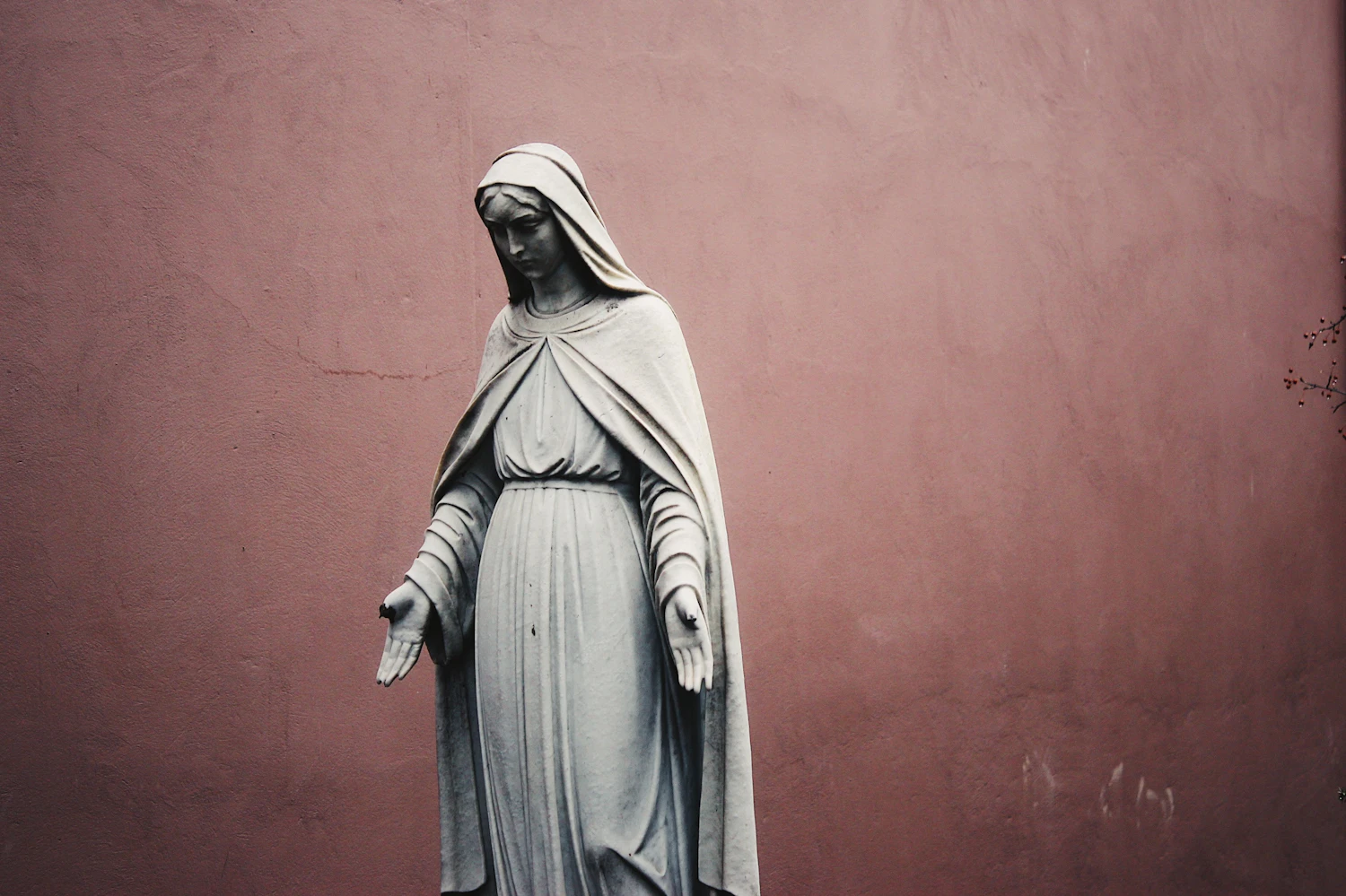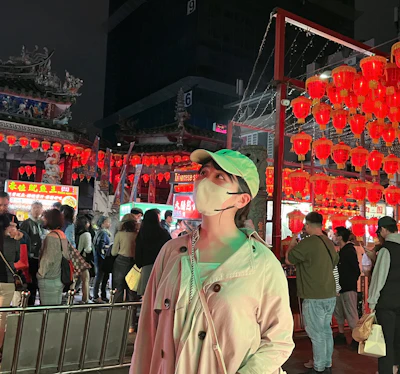12.22MON
Relay Column: It's Not a “Uniform”? What Members of Clergy Wear (Koure Makita)

PROFILE

Koure Makita
Currently enrolled in the doctoral program at the Graduate School of Sociology, Keio University, and a researcher at the Religious Information Research Center (Public Interest Incorporated Foundation). Specializing in religious anthropology and gender studies, her research focuses on the religious and gender norms practiced by female clergy in contemporary Shinto shrines. Her paper, "一考察 ―女性神職に関する言説分析から" is published in the "Journal of Religious Studies," Volume 42 (2023).
There are various "uniforms" associated with occupations in our world. For example, police officers, nurses, and firefighters all have distinct outfits. Perhaps the suits worn by so-called “salarymen” could also be considered a type of uniform.
Now, what about the robes of priests (Kannushi) at shrines or the Kasaya worn by monks at temples? Some people might hesitate to classify them as "uniforms." I personally might not be able to answer with a simple YES.
This hesitation comes from the fact that religious figures, known as "clergy" [1], hold a somewhat different, "special" and "sacred" image compared to conventional professions. This distinction might make us feel a strong connection between their attire and their body, making it challenging to categorize them as simply "uniforms." In reality, while the attire of Kannushi and monks has undergone changes since modern times and varies based on country and region, it carries historical significance and is closely tied to religious norms and culture. The desire of young individuals to wear the white robes and red hakama as part-time Miko (shrine maidens) during New Year's celebrations may stem from an awareness of this context. Hence, it seems that both the clergy and those around them recognize that what clergy wear differs significantly from "uniforms" that represent a profession or status.
This article is for members only.
Please register to read the rest of the article.
What you can do with a membership
- Read members-only articles
and use text-to-speech. - Unlimited article favourites
and browsing history. - Attend members-only events.
- Get the latest information
with our email newsletter.
CONCEPT VIDEO
"fashion tech news" Unveils New Logo & Concept Video
TOP ARTICLES
RELATED ARTICLES
CONCEPT VIDEO
"fashion tech news" Unveils New Logo & Concept Video
CONTACT
If you have any questions or enquiries, please enter your details in the form below.








.jpg?w=400&fm=webp)

.jpeg?w=400&fm=webp)







.png?w=400&fm=webp)


